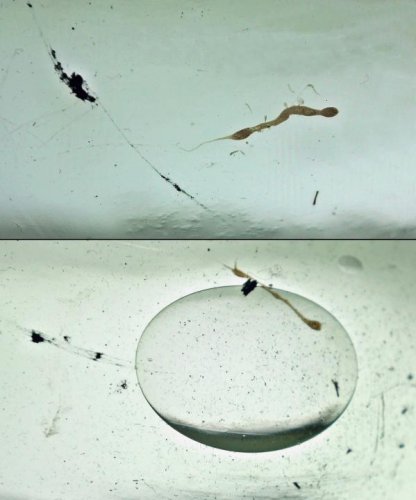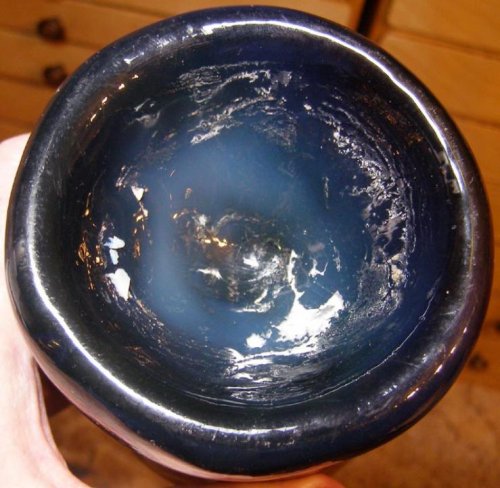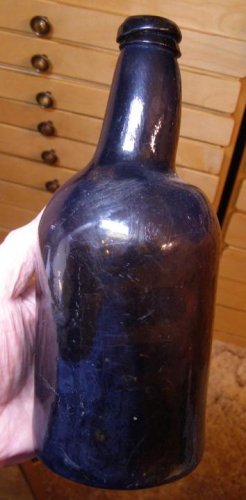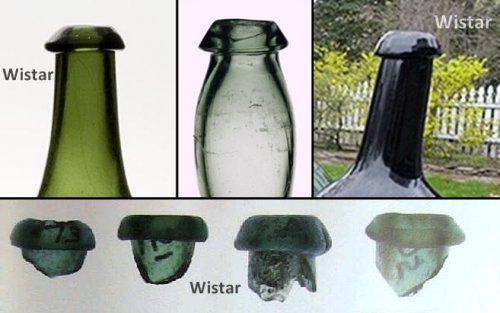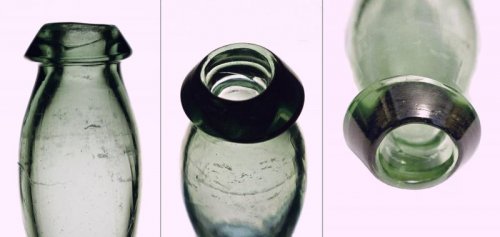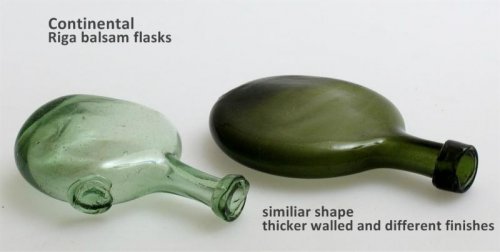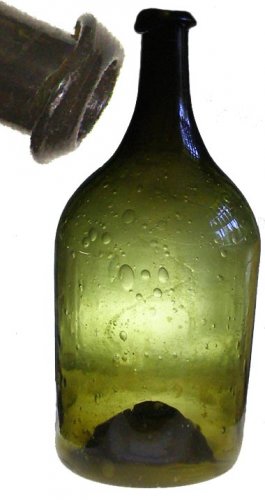cowseatmaize
Well-Known Member
All I can say it that if they went to that extent it had a purpose. It may have been a barometer or something that would not have had a wicker or other covering.
I can't help with anything, especially attributing it a specific glasshouse.
I can't help with anything, especially attributing it a specific glasshouse.

